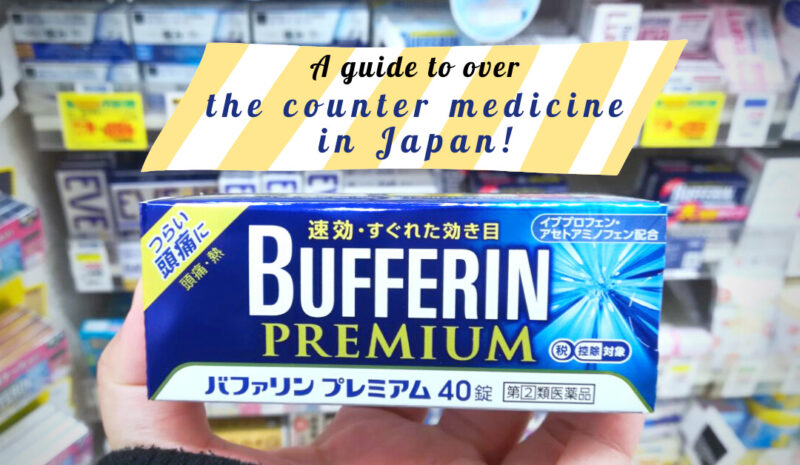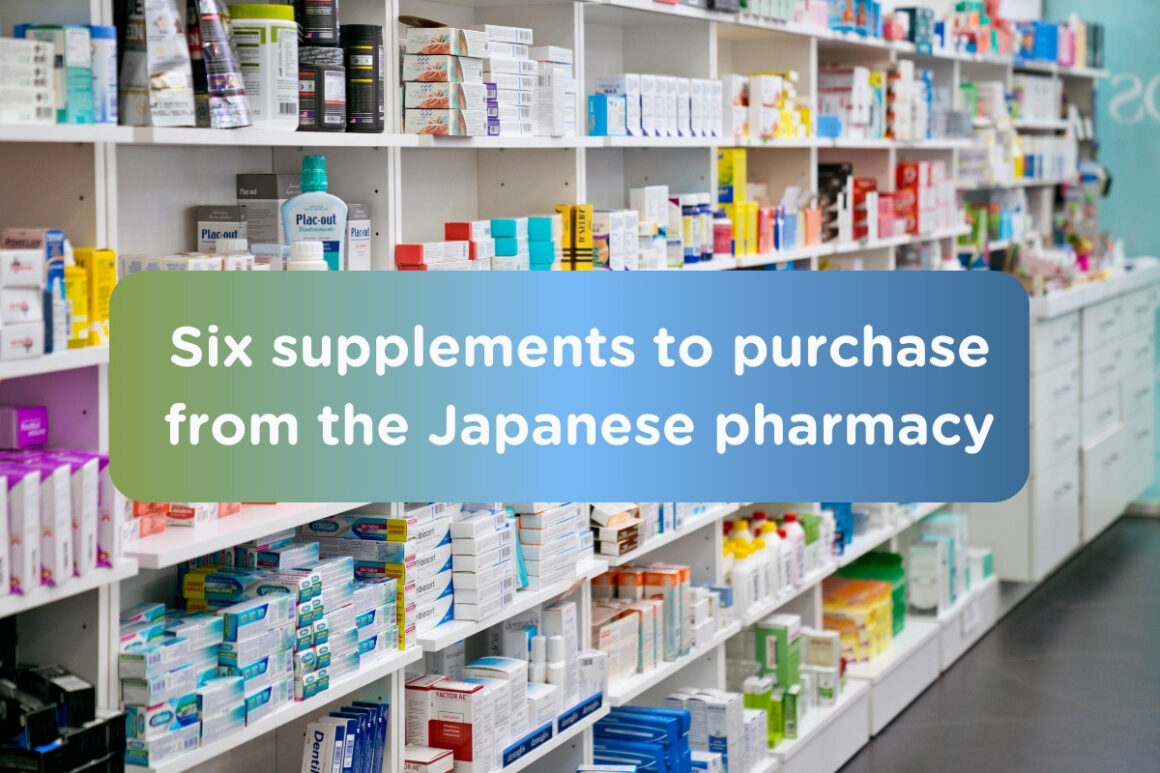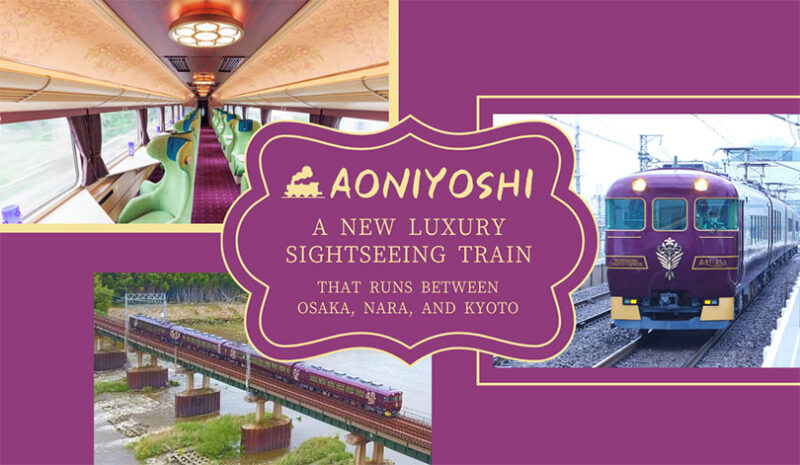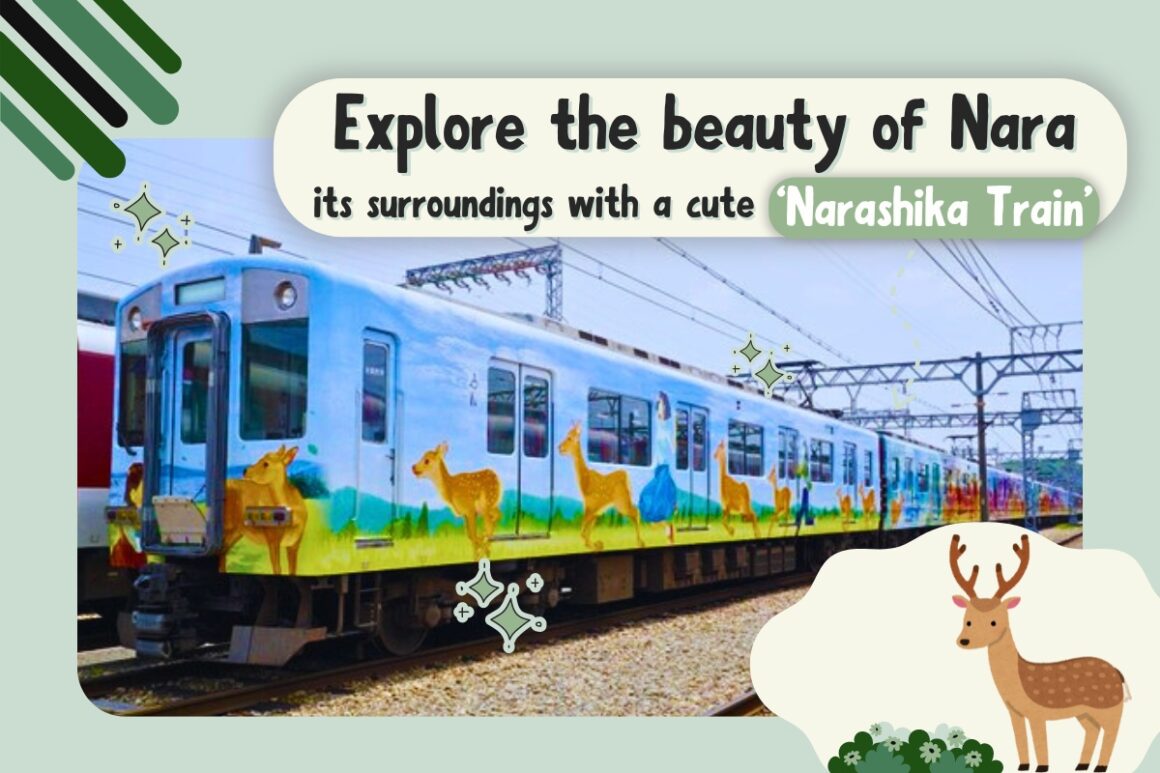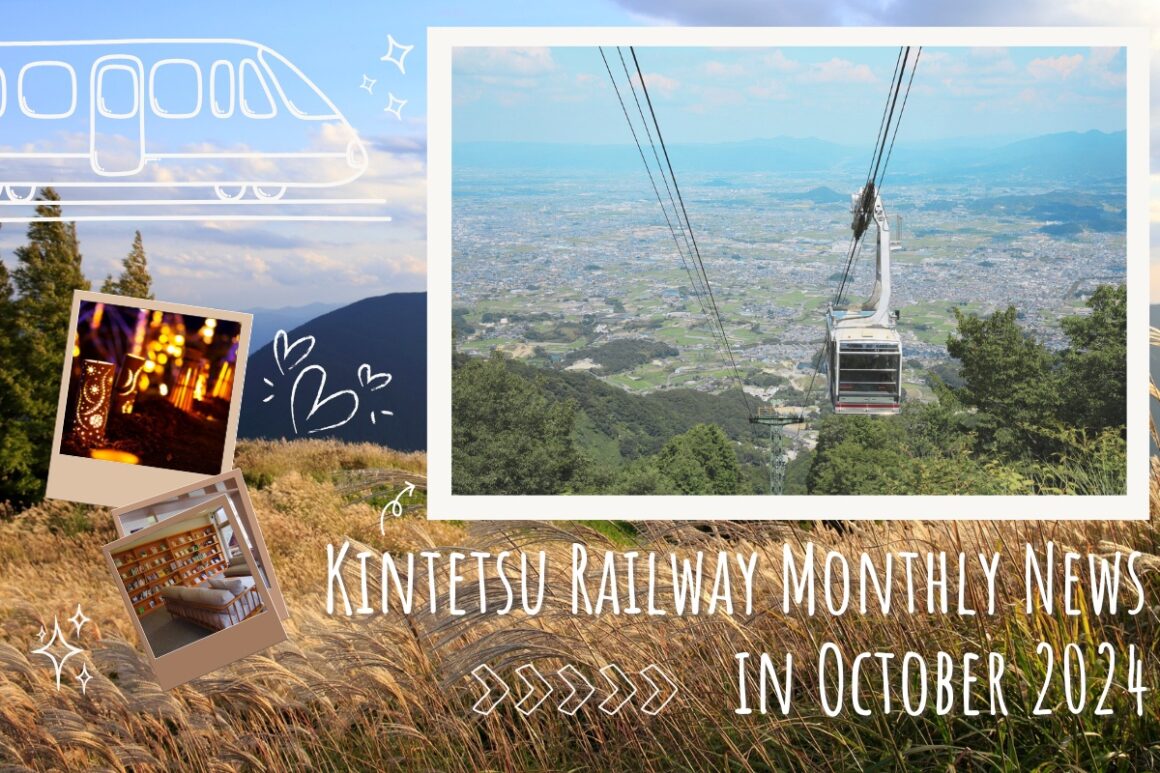Touring around the Hells of Beppu using My Beppu Free Mini Pass!
Oct 23, 2019
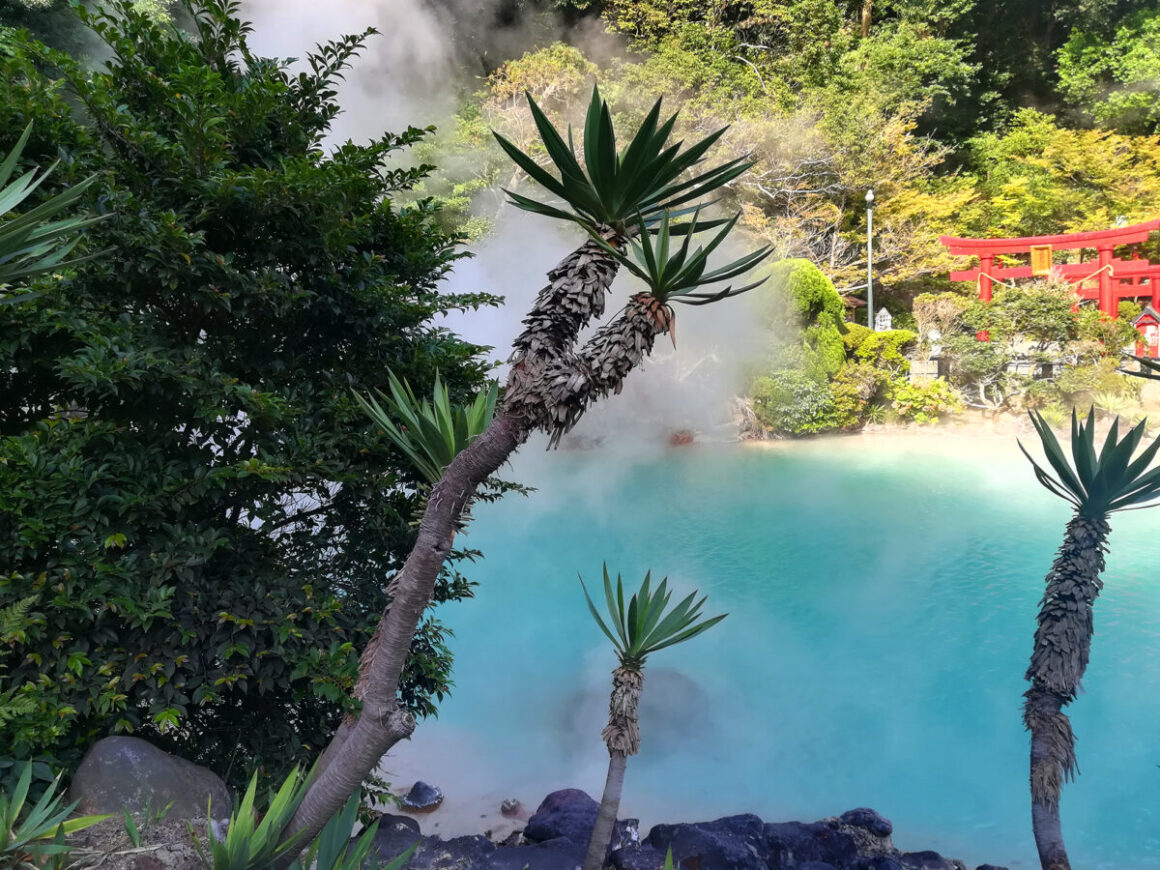
One of the most exciting things to do in Oita Prefecture is to visit Beppu for its hell tour. Known as “Jigoku Meguri (地獄めぐり)”, this tour will take you to seven beautiful hot springs for viewing rather than bathing.
Five of the hells are located in the Kannawa district and two of the hells are located in the Shibaseki district, all are within walking distance of each other.
Can be accessed easily from Oita and Fukuoka, today we take you through the minutiae of our experience touring around the Hells of Beppu using the My Beppu Free 2 Day Mini Pass and the Jigoku Meguri ticket booklet.
Purchasing My Beppu Free 2 Day Mini Pass

We stopped by Beppu Station Tourist Information Center after we arrived in Beppu Station to purchase the My Beppu Free 2 Day Mini Pass. Costs 1,500 yen (as of September 2019),
you can use this pass to travel around Beppu city, Uchinari Rice Terrace, and Kijima Kogen park areas conveniently using the buses run by KAMENOI BUS.
We purchased the 2-day pass because we wanted to travel around Beppu city the next day.
Visiting the Hells of Beppu

We got our pass sorted so we went to Beppu Station West Gate bus stop to get on the “Spa” bus.
There are many lines run by KAMENOI BUS, but we recommend taking either the “Guru” or “Spa” lines bus to travel around the city conveniently.
The “Spa” bus takes us to Kannawa district, where five of the hells are located. We got off at the Umi Jigoku Mae bus stop and started our journey here.
Purchasing the Jigoku Meguri ticket booklet

To save our money, we decided to purchase the Jigoku Meguri ticket booklet instead of purchasing the tickets separately.
The ticket for each hell costs 400 yen (as of September 2019) and the price of the Jigoku Meguri ticket booklet is 2,000 yen (as of September 2019) and it gives you access to the seven hells in Kannawa and Shibaseki districts. We strongly recommend purchasing the ticket booklet if you want to visit all hells while you are in Beppu.
The ticket booklet is valid for two consecutive days and all My Beppu pass holders can get a 10% discount by showing the pass when purchasing the ticket booklet at the counter. In addition to the ticket booklet, the staff also gave us English pamphlet and leaflet for stamp rally.
Touring around the Hells of Beppu (Kannawa District)
We headed to the Umi Jigoku as we got our booklet sorted. Umi Jigoku, which literally means the “sea hell”, is the biggest hell amongst all and it features a pond of boiling, blue water.

In addition to its blue pond, the area is famous for its beautiful shrine; Hakuryu Inari Shrine.
Many people visit this shrine to pray for well-being, success, and safety when traveling.

In addition to the beautiful shrine, there is also a smaller hell pond filled with orange-colored mud.

Moving on to the next hell: Oniishibozu Jigoku; a hell pond named after the mud bubbles, which look like the shaven heads of monks.
At this hell, you can relax yourself by soaking your feet into a foot bath filled with clear water.
There is also a public bath with multiple pools you can enjoy by paying an additional fee.

The next hell we visited was Kamado Jigoku, which is also known as the “cooking pot hell”.
This hell features several different boiling ponds and a demon statue as cook.

The next hell, Oniyama Jigoku, is not only famous for its hell pond, but it is also famous for its Malaysian traditional houses collection and its crocodile breeding facility.

Inside the facility, you can find a Malaysian traditional house; now turned to a mini museum that is filled with many artefacts and documents related to crocodiles.

We also found an aquarium there with a small crocodile in it.
In addition to this mini museum, there are also outdoor facilities where crocodiles are bred and kept.

Next we visited Shiraike Jigoku, the last hell to visit in Kannawa district.
Just like its name, which literally means the “white pond hell”, the water of the pond is not only hot, but also milky.
Surrounded by a nice garden, this hell pond is a perfect spot for a short chill out!

We have toured around the five hells in Kannawa district, so we went to the Shibaseki district to visit the last two hells. We took the “Guru” bus from the Kannawa bus stop to the Chinoike Jigoku Mae bus stop because we were in a hurry. It was a 7-minute bus ride, but if you decided to walk, it usually takes around 30 to 40 minutes to travel there.
Chinoike Jigoku, which literally means the “blood pond hell” is famous for its hot pond filled with red water. Famous as one of the more photogenic hells, many tourists visit this spot to take many instagenic pictures!

Just like its name, the color of the pond is red. You can also find a caution board near the pond. and telling people to not enter the pond because the water is very hot and dangerous for the body.

The last hell to visit is Tatsumaki Jigoku; a spout hell that is famous for its boiling hot geyser.
The geyser erupts every 30 to 40 minutes for about 6 to 10 minutes. When we arrived, it was 10 minutes before the geysers erupted.

The geyser erupted highly reaching the stone plate above it beautifully.
The geyser is surrounded by stones for safety reasons. The geyser itself can spew up to a height of 50 meters.

We are done touring around the Hells of Beppu, and our stamp rally leaflet is full of stamps we got from each facility! What a fun day!

So, are you interested in touring around the Hells of Beppu now?
The Hells of Beppu is one of the most beautiful attractions in Beppu.
we strongly recommend touring around the hells if you love nature.
It takes around 3 to 4 hours to tour around the hells.
if you want to enjoy the foot baths or hot spring baths, it might take around 5 to 6 hours to fully enjoy them!
Click here for more information on Jigoku Meguri ticket booklet and My Beppu Free Mini Pass (both links are in Japanese)!
